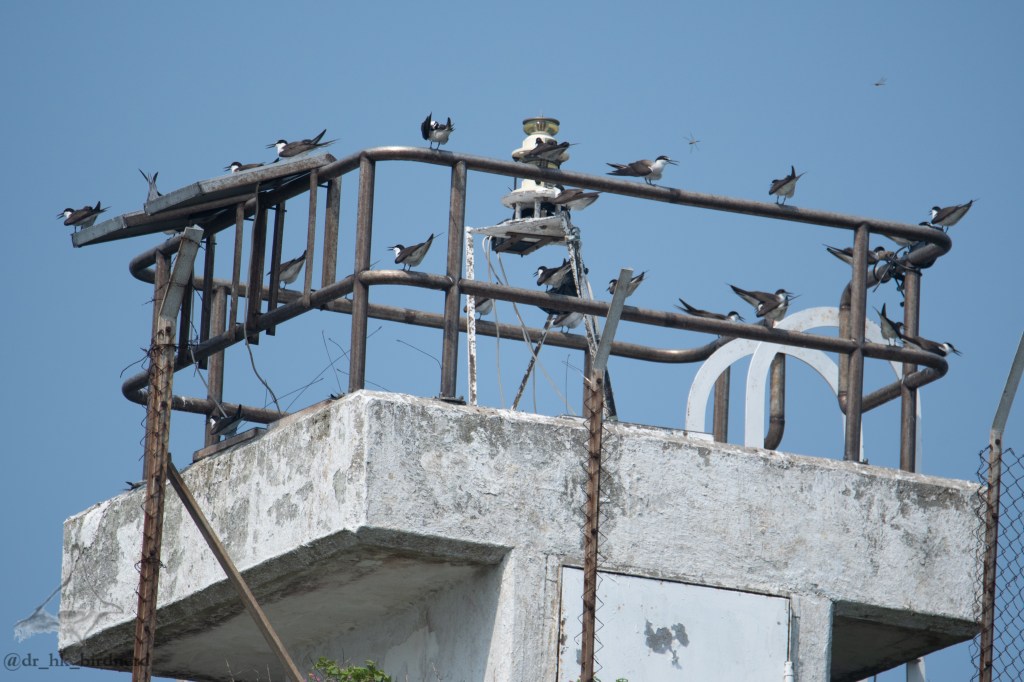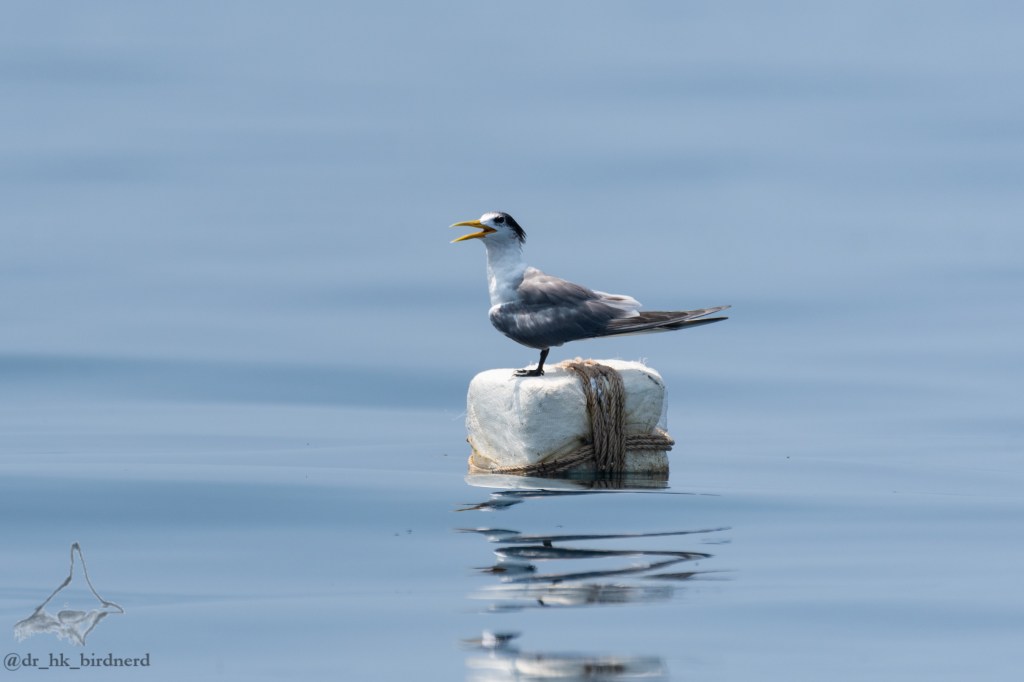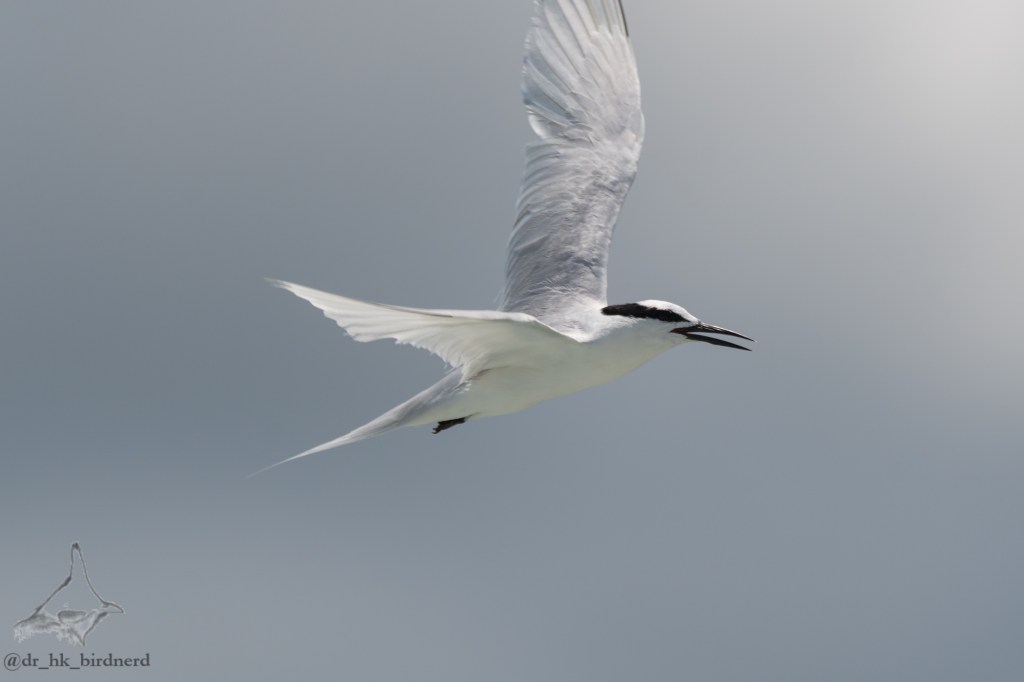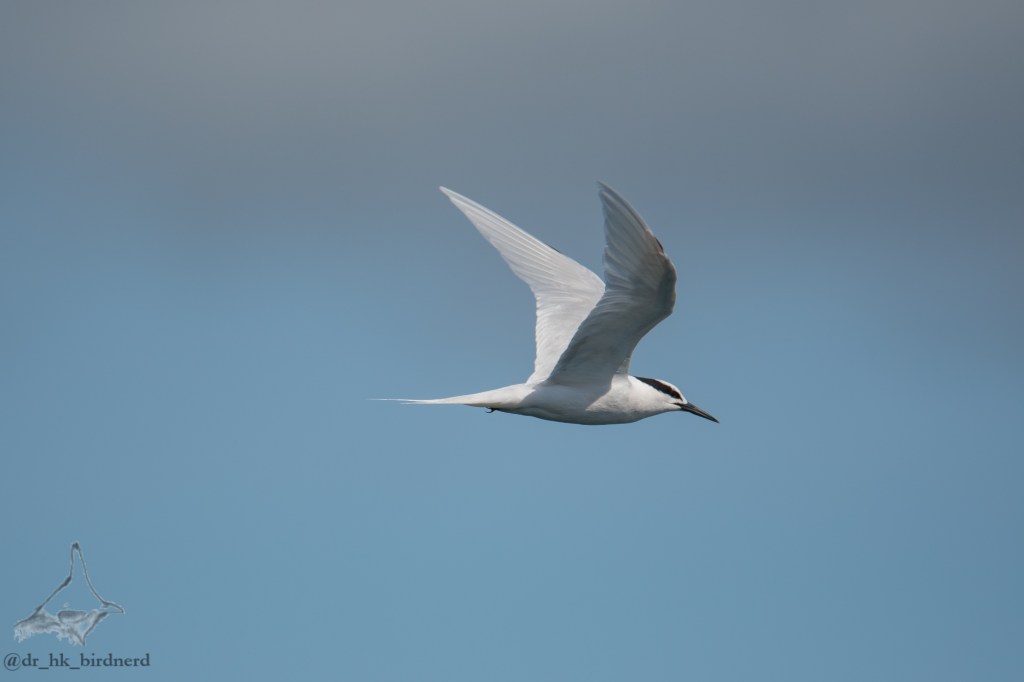
Last year, on yet another fruitless trip to Island Beach State Park in search of the elusive Snowy Owl, some fellow twitchers just suggested offhand that the Barnegat Inlet, particularly the jetty, is a wintering spot for Harlequin Ducks. I never made it down last year, but the other day, on a whim, and in part due to some unseasonably warm weather for early February, I took a ride down to Barnegat Light with a vague notion of Harlequin Ducks and the jetty in mind.

We were greeted with an unremarkable sight once we arrived at the park: numerous parkgoers taking advantage of the weather on a Saturday. The wind was light and I didn’t notice many birds hovering about the inlet, which in years’ past had held scores of gannets, gulls, and terns. It’s safe to say I wasn’t expecting much and made my way out to the platform above the jetty.
There, I spotted some regulars, like the common loon and long-tailed duck. These are very easy to spot just offshore throughout the beaches in New Jersey, but it’s nice to see them from the jetty where you can get a somewhat closer look.
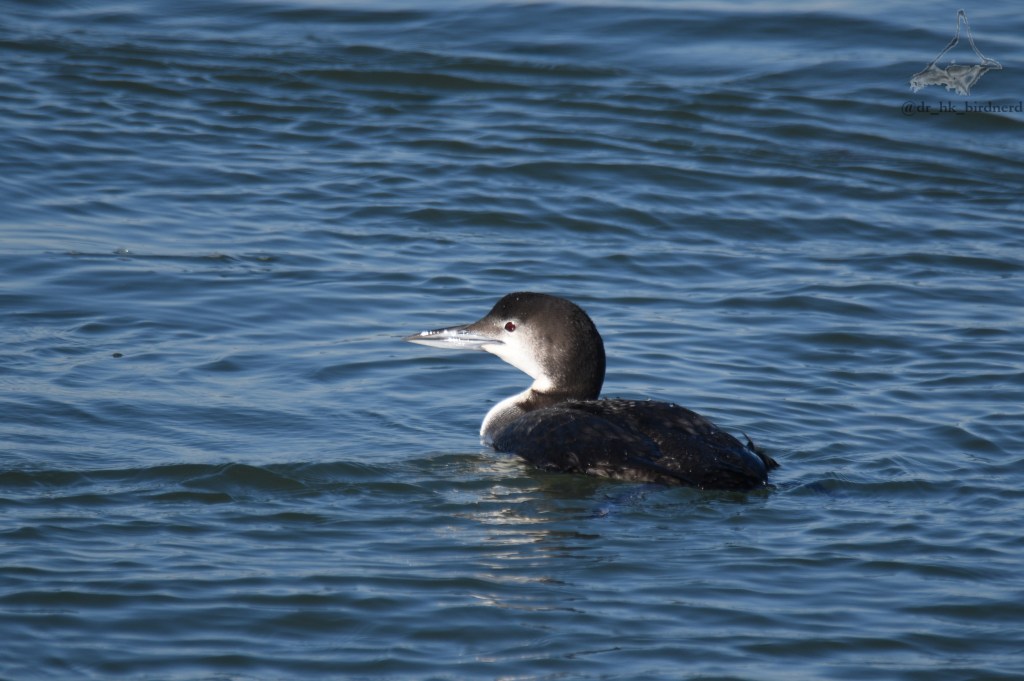
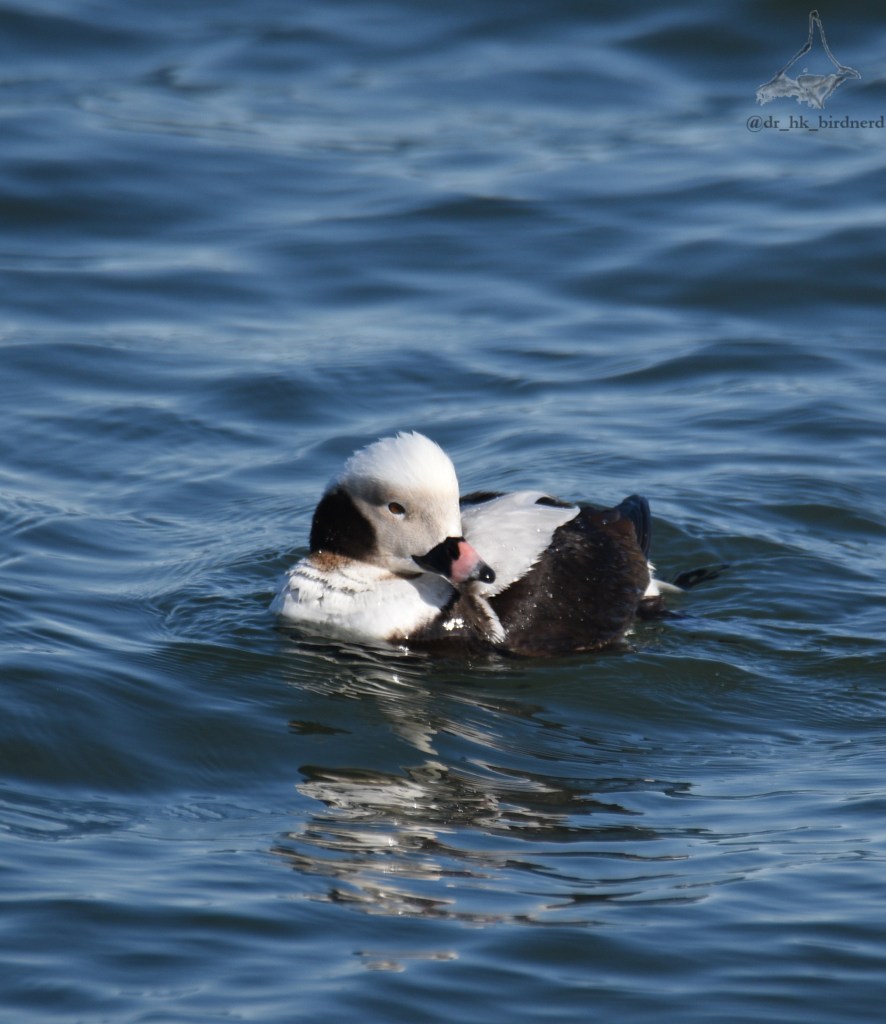
Another duck I saw, which was a bit surprising, was a group of buffleheads. Most of them appeared to be females with only a few prominent males. I was surprised to see them out here since I hadn’t seen them in such typically treacherous waters before, though admittedly it was very calm. Usually I find them in calm lagoons throughout inland waters, mostly males, solitary or in very small groups. To see such a large group of females in the inlet was a bit surprising!

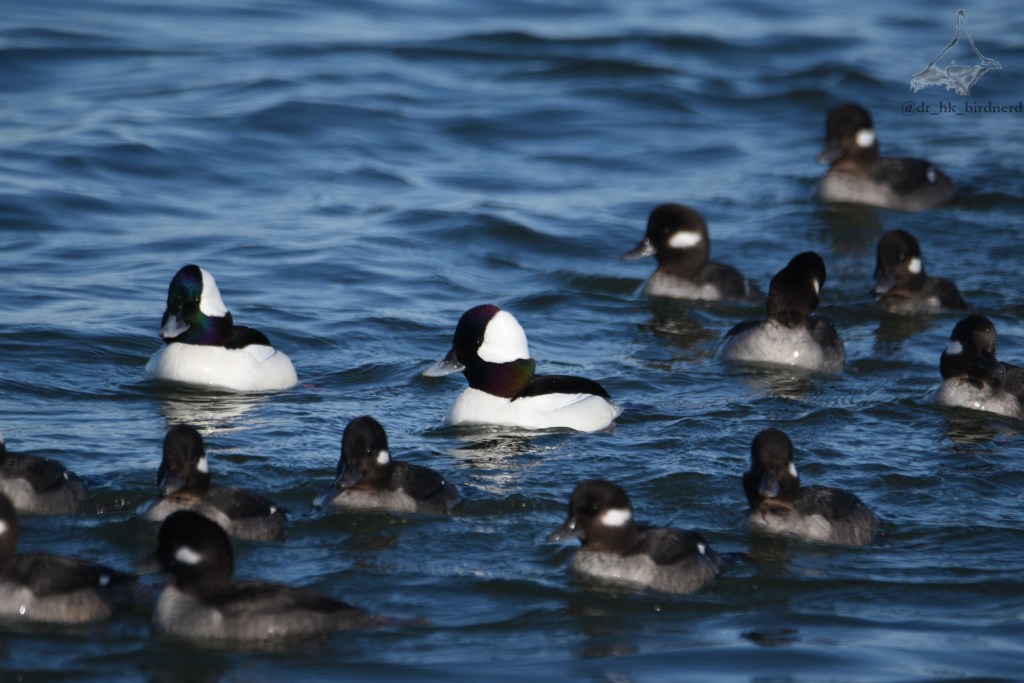
Now I had visited the lighthouse at least once each winter for the past decade, at first for no particular reason and eventually for birds and seals, but never walked out on the jetty itself. On most days, it seems like a bad idea, since to slip on the jetty is as easy as it is hazardous. But the weather that day was just incredible: warm, sunny, and relatively still, and the jetty itself was bone dry, making for much safer traversal. So I found my nerve and walked out, and was not disappointed.
I first came across some ruddy turnstones on the jetty. I had seen these birds for the first time in Florida last year—also early February—but never before in New Jersey. They’re rather delicate little birds, but also they didn’t seem to mind people walking back and forth on the rocks.
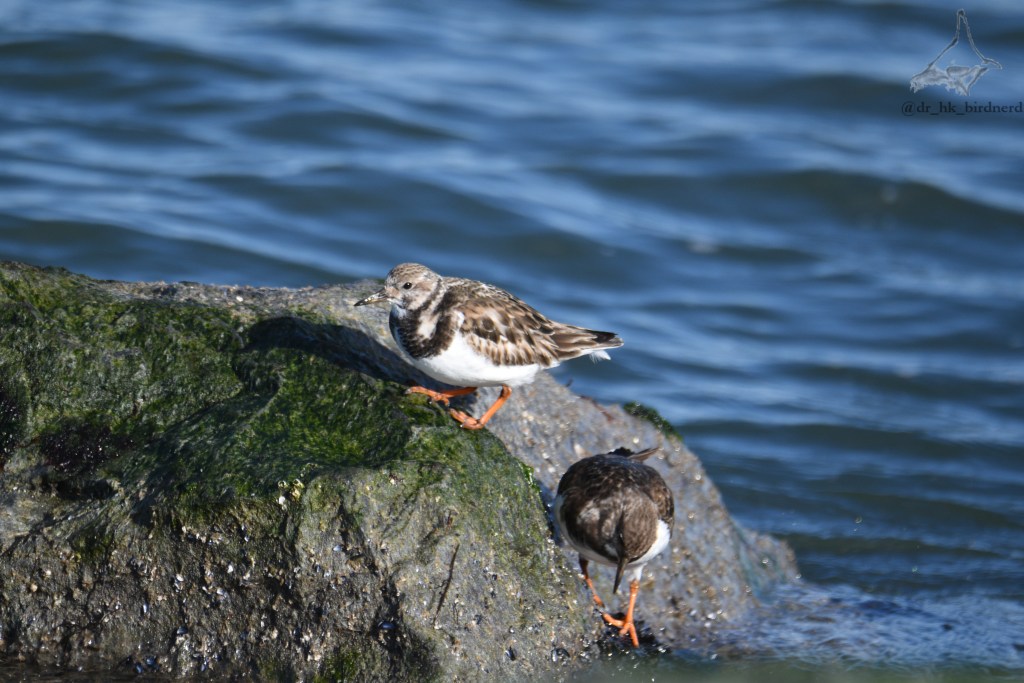

There was a lone dunlin on the jetty as well. I’ve seen these birds in huge numbers in open marshlands, but never on a jetty, so that was interesting.
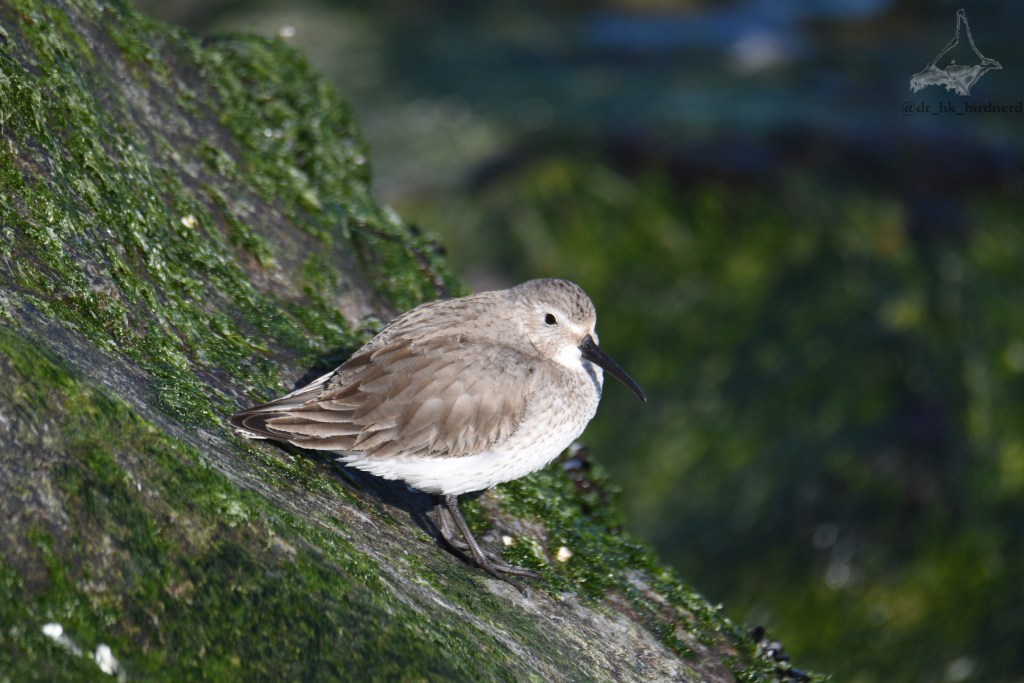
A bit further along the jetty, I also saw some purple sandpipers, which I also hadn’t seen before, but am aware that they are quite common on the jetty. Like the ruddy turnstones, these were utterly unfussed by our presence, so I was able to get some closer shots than I expected.
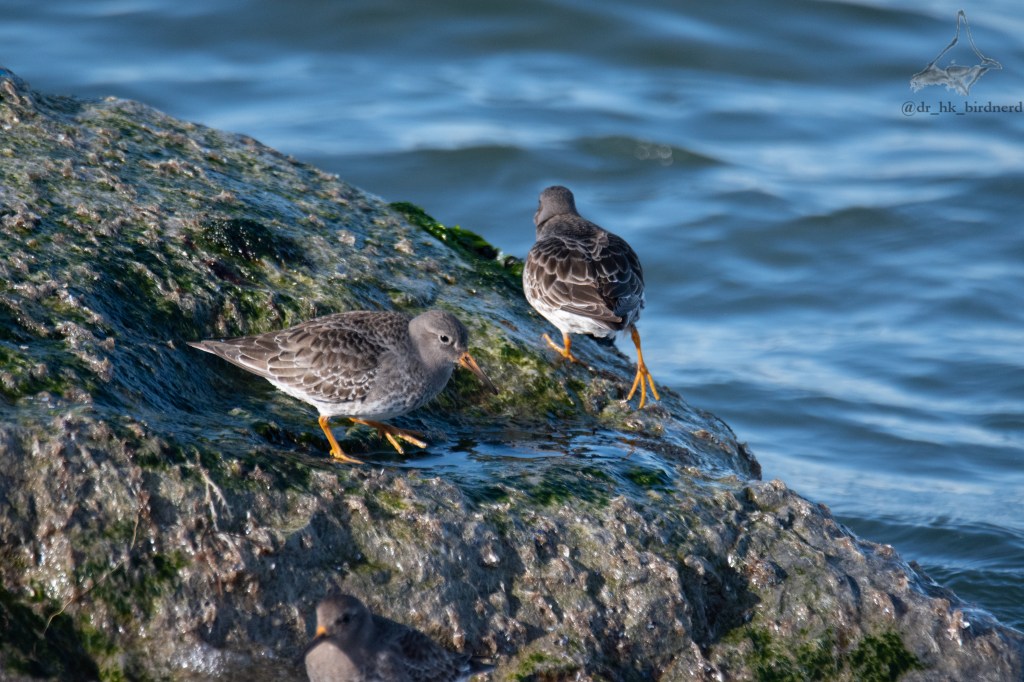
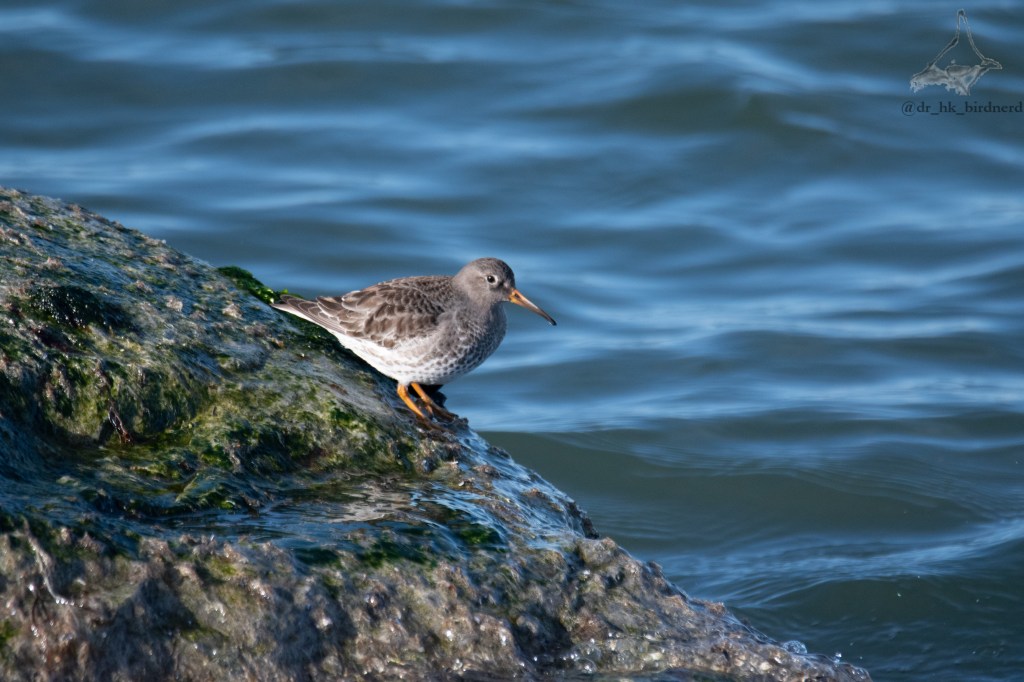

The main event, however, occurred further down the jetty when we saw a tight and noisy group of ducks hanging out right on the rocks: the Harlequins.
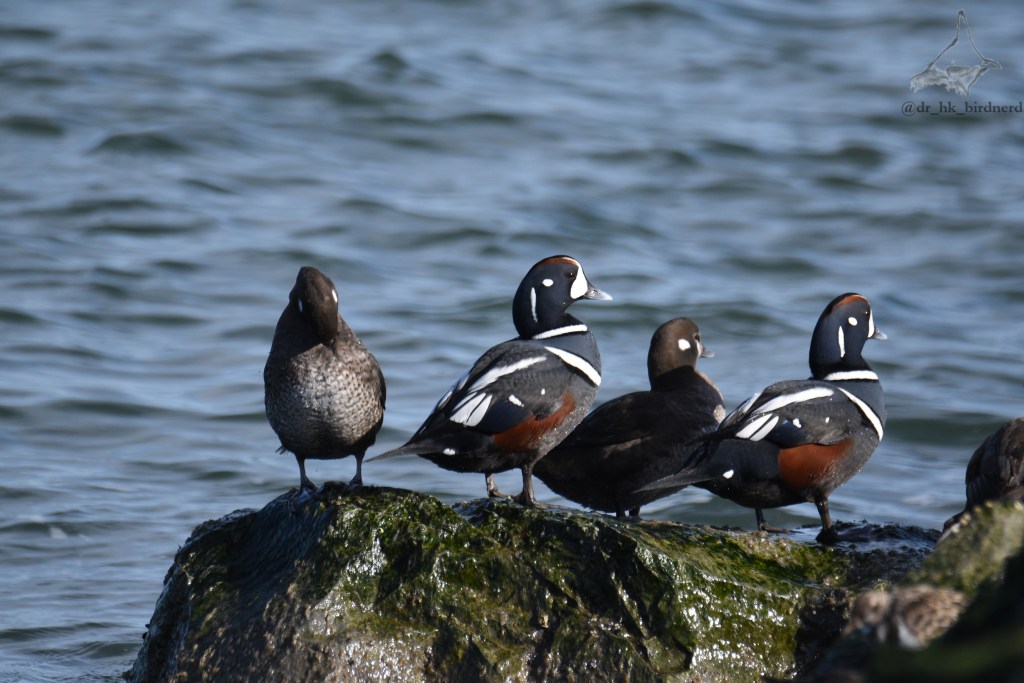
These incredible birds deliberately choose to live in extreme environments, preferring rough, rocky coastlines where they are regularly battered by waves. These ducks are reported to have more broken bones on average than any other species, as shown by X-ray and museum specimens. Luckily, this group decided to tolerate the rather calm seas and sit posing for us on the rocks, bathing in the early Spring sun, leading to some lovely portraits of these gorgeous birds.

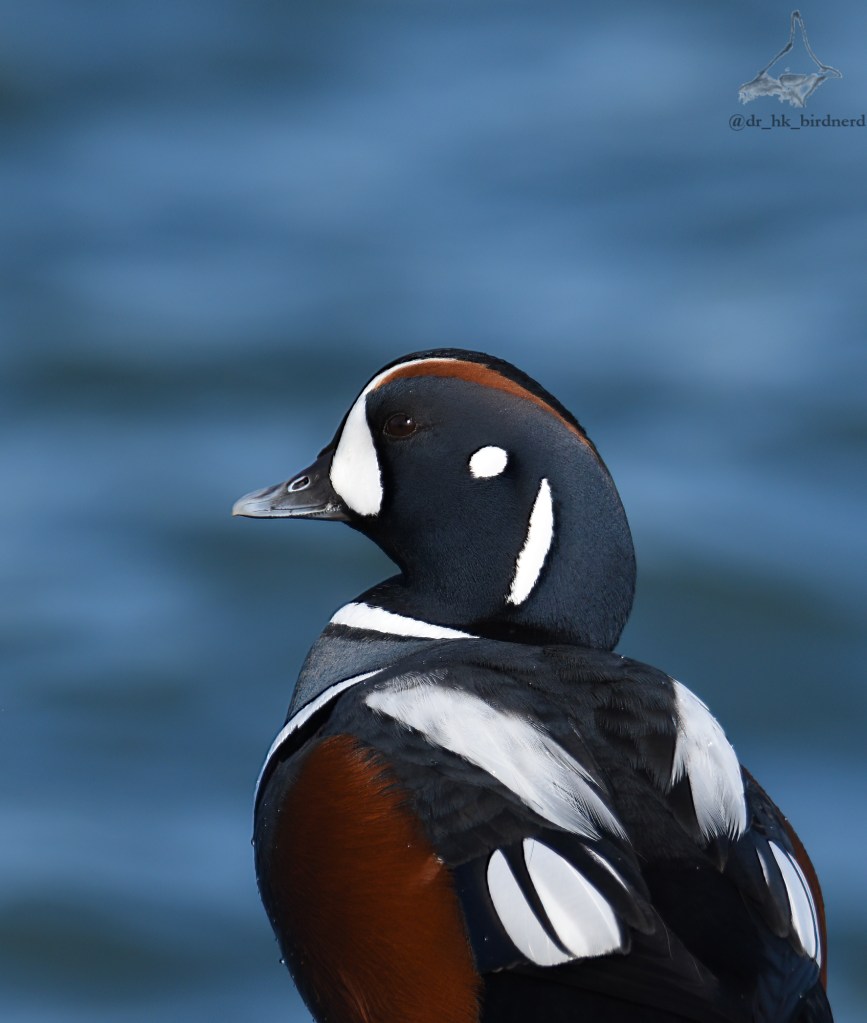

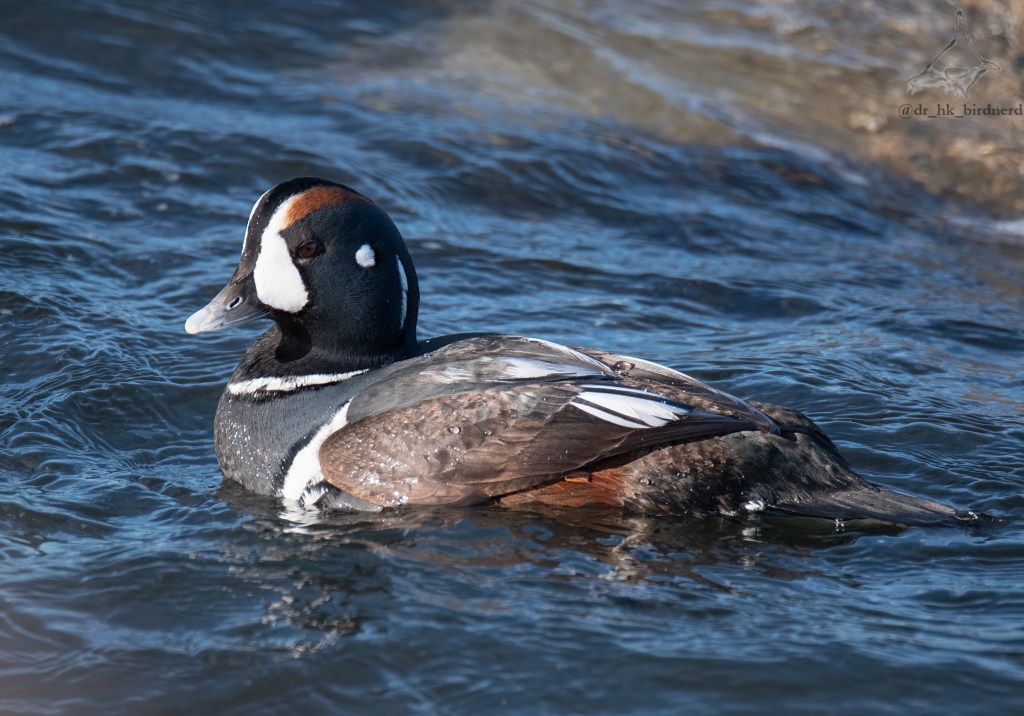
I don’t know if or when I’ll ever have that sort of luck with seeing these birds, but I’m so grateful that I had this chance and was able to document it.



